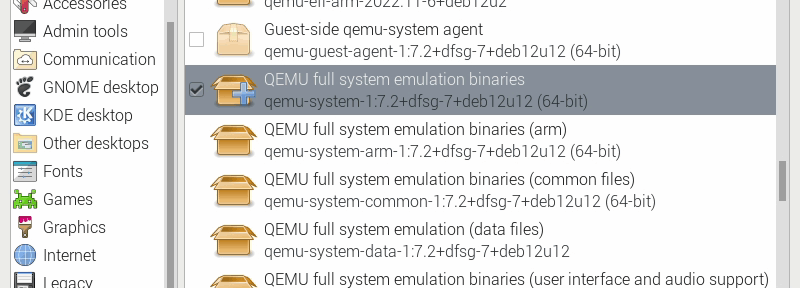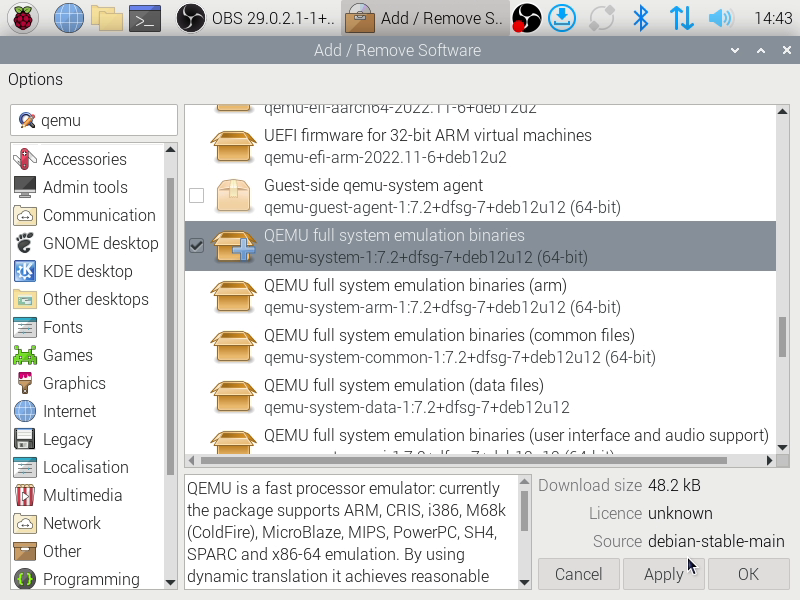
Raymond Chen at ‘The Old New Thing’ has a lovely tale about what could be Microsoft’s worst selling product ever – OS/2 for the Mach 20.
Raymond Chen, The Old New Thing.
According to that person’s memory (which given the amount time that has elapsed, means that we should basically be saying “according to legend” at this point), a total of eleven copies of “OS/2 for Mach 20” were ever sold, and eight of them were returned.
I’ve seen a few expansion cards as part of choosing images for ‘Retro Computer Adverts‘, but the Mach 10| 20 is not one I’ve yet stumbled across. And as for ads for ‘OS/2 for Mach 20’? Not a sausage!












